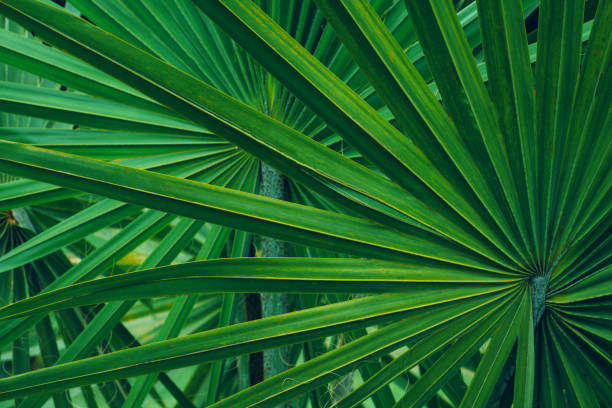
abstract green leaf texture, nature background, tropical leaf
Browse 188,500+ florida plants stock photos and images available, or search for tampa florida plants to find more great stock photos and pictures.

abstract green leaf texture, nature background, tropical leaf
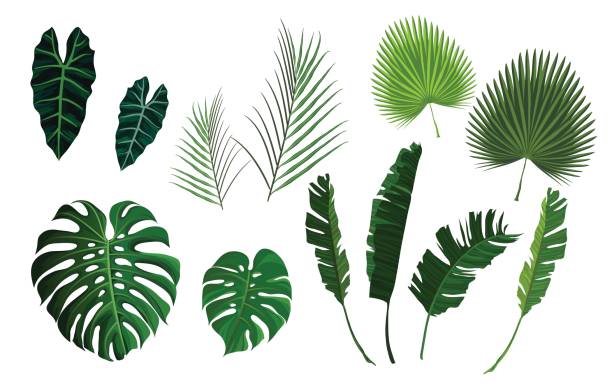
Tropical palm exotoc jungle leaves set. Banana, monstera green leaf isolated on white background. Vector illustration stock vector.

Orange Flower Drophead Tufted Airplant Bromeliad Guzmania Lingulata yellow flowers Fairchild Garden Coral Gables Florida

A mature African-American man teaching a group of five multiracial children how to grow vegetable plants in a community garden. He is holding a tray of potted plants, kneeling down so the girls and boys, 4 to 10 years old, can examine them as he talks. The boy standing beside him is his son. An Hispanic mother and her daughter are standing on the right.
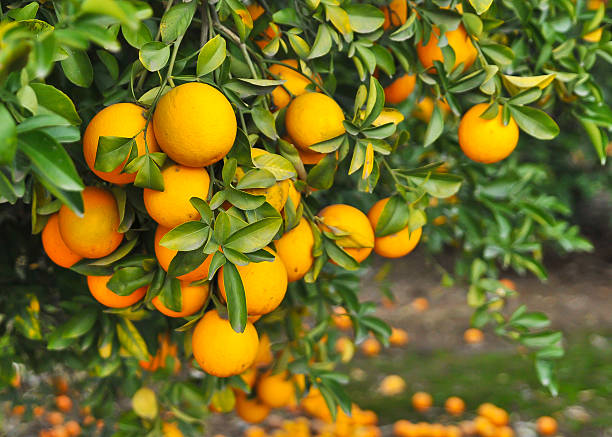
clusters of bright orange naval oranges hanging from naval orange tree, riverside california

Silhouettes of coconut palms on a turquoise sky background on a tropical beach at dawn. Miami Beach, Florida.

Macro closeup of one pink red hibiscus flower showing detail and texture against bokeh background of green leaves in Florida
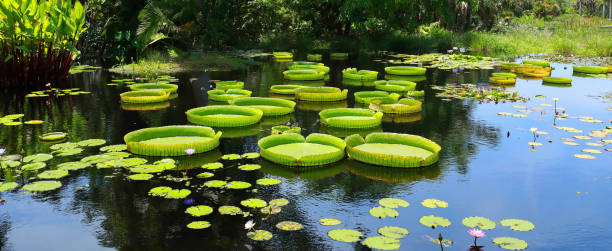
Giant Victoria amazonica water lilies growing and thriving in Naples, Florida, USA.

Vector illustration Tropical jungle floral seamless pattern background with palm leaves. Colored ink splatter grunge style.Texture, background pattern, seamless pattern, floral pattern,floral background, floral vector, floral design, vintage pattern, palm tree, palm leaf, palm beach, tropical leaves, tropical beach, tropical background, green leaf, leaf vector

Funny Burrowing owl Athene cunicularia tilts its head outside its burrow on Marco Island, Florida
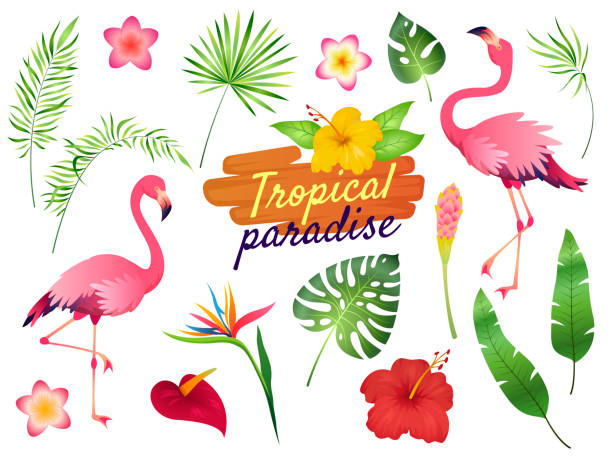
Tropical flamingos. Pink flamingo jungle flowers palm leaves, nature, summer beach, cute exotic plants flora cartoon vector set
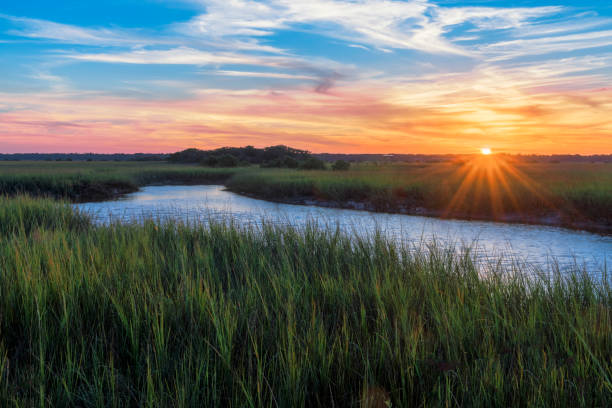
Sunset over marshy branch of the Matanzas River in St. Augustine, Florida

Vector trendy fantasy leaves foliage set isolated on white background. for decoration design

A beautiful senior African-American woman in her 70s wearing sunglasses and a wide brim hat on a sunny day. She is looking up at the sky, smiling. A building, palm trees and clear blue skies are visible in the reflection in the sunglasses.

Formal gardens at Bok Tower in Clermont, Florida.

Watercolor banner fruit orange branch isolated on white background. Illustration for design wedding invitations, greeting cards, postcards. Spring or summer flowers with space for your text.
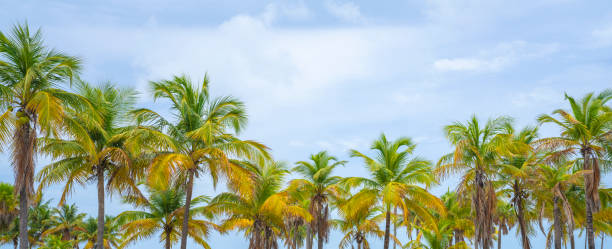
Rows of beautiful palm trees on cloudy sky. Palm trees background for banner or web header. Key Biscayne, Florida, USA.
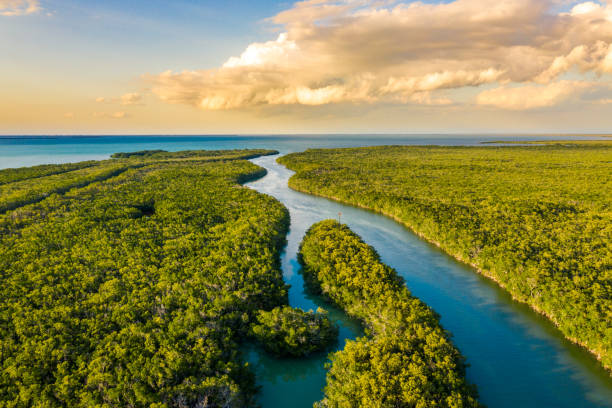
Landscape with an aerial view of wetlands in Everglades National Park at sunset, Florida, USA
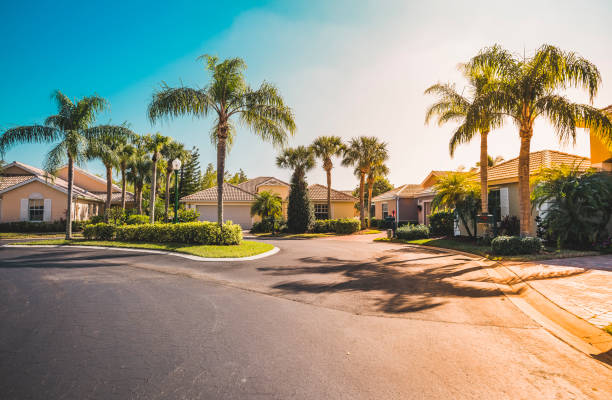
Typical gated community houses with palms, South Florida. Light effect applied
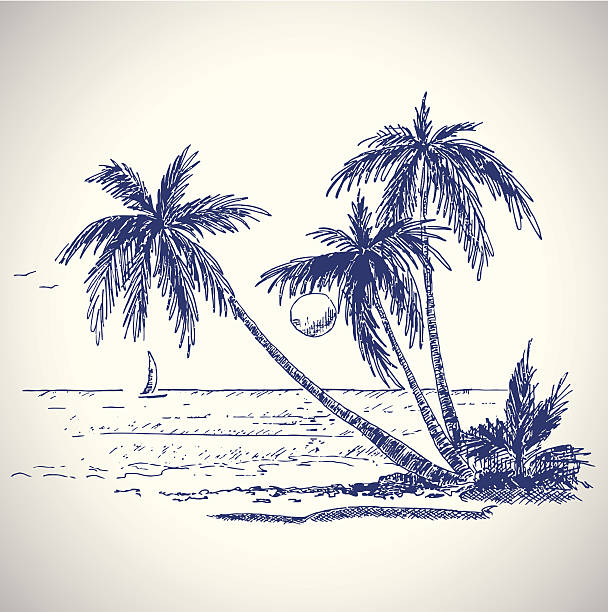
hand-drawn illustration of an island with palm trees and ocean
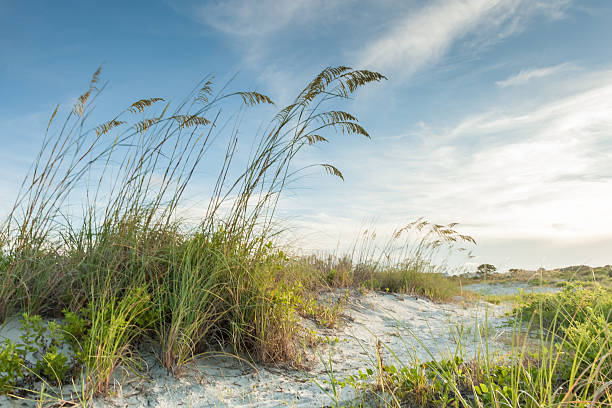
Coastal sand dunes are dynamic but fragile buffer zones of sand and vegetation that form where the following three characteristics can be found: large quantities of sand persistent wind capable of moving the sand suitable locations for sand to accumulate The process of dune formation begins with a steady on-shore wind capable of moving sand. The wind moves the sand into piles. Eventually the sand pile becomes so steep that the leeward side of the sand pile collapses under its own weight and spills down at an angle that serves to stabilize the dune. Over time, the dune migrates in the direction of the wind, as the wind moves sand up the dune's slope and over the edge. Sand dunes often form around obstructions such as rocks, drift wood, decaying plant matter, and detritus that is washed up during high-tide. This decaying plant matter forms a perfect substrate for plants to set root. Plants the first set root in sand dunes are referred to as pioneer plants and are often grasses that have special adaptations for the harsh environment of the dune (high salt tolerance, waxy leaves that retain water, rolled leaves to reduce surface area and exposure to evaporation). These pioneer plants stabilize the dune. Their roots bind the sand and their leaves decrease wind speed and reduce erosion. After pioneer plants stabilize the dune, it becomes more habitable for other plants to move in. A progression of vegetation types set hold onto the dune, each changing the substrate's characteristics and structure, gradually making the dune suitable for the next vegetation type. Sand dunes, though dynamic, are fragile habitats. The mat of vegetation covering a dune is vital to reducing dune erosion and if this vegetation is disturbed or uprooted, the dune is destroyed.

small palm trees, secluded beach in miami, sunset
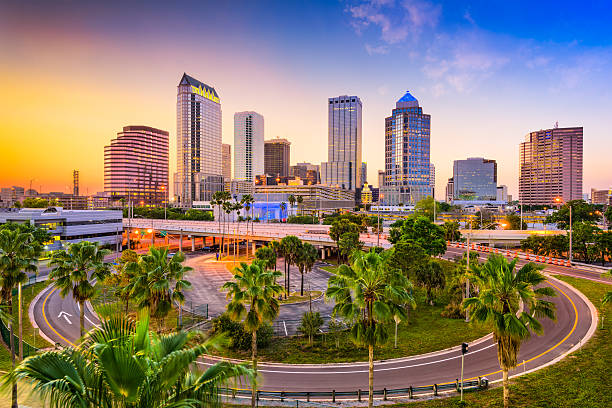
Tampa, Florida, USA downtown skyline.

Set of tropical plants. Bushes from Africa and other exotic places. Unusual vegetation, fresh air and nature. Flower shop design elements. Cartoon flat vector illustration isolated on white background

Palm tree silhouettes seamless pattern. Hand-drawn tropical plants. Trendy exotic botanical background with banana palm tree, coconut palm tree. Geometric dashed lines stitch texture.

Florida wetland, Airboat ride at Everglades National Park in USA. Popular place for tourists, wild nature and animals.

A luxury pool in a neighborhood in Florida.

Aerial view of Orlando skyline and reflection in Lake Eola.

A tropical garden with flowers, ferns, trees and a waterfall.

Two pale pink full blooms with yellow and red centers along with a bud. Focus on the blooms. Frangipani flowers are commonly used in Hawaiian leis.

A vibrant sunrise in the beautiful natural surroundings of Orlando Wetlands Park in central Florida. The park is a large marsh area which is home to numerous birds, mammals, and reptiles.

"Beautiful, luxurious House with nice landscaping in Florida"
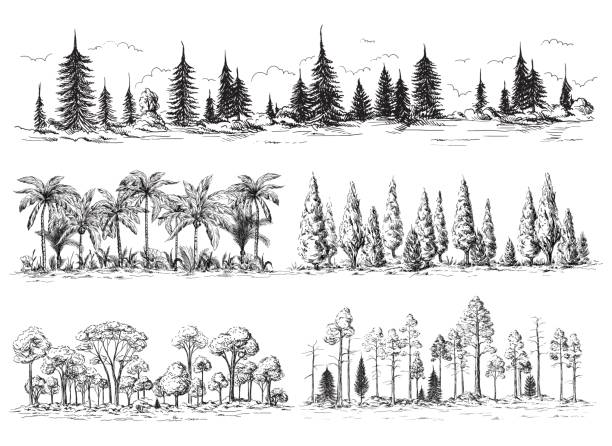
set of different landscapes with trees forest silhouettes with coniferous and deciduous exotic palm trees American redwoods hand drawn vector illustration Sketch design.

Vibrant sunset over a field of wild yellow sunflowers in full bloom in the surroundings of Lake Jesup near Orlando Florida.

A vibrant sunrise in the beautiful natural surroundings of Orlando Wetlands Park in central Florida. The park is a large marsh area which is home to numerous birds, mammals, and reptiles.

Banyan tree at Lakes Park in Fort Myers, FL.
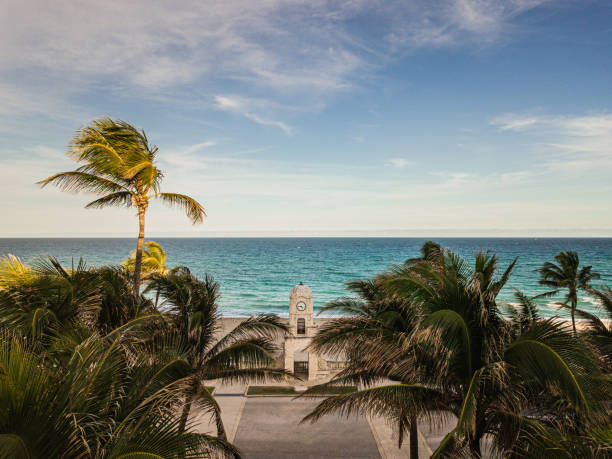
Worth Avenue Clock Tower on Worth Avenue, Palm Beach, Florida. Aerial Footage of the Worth Avenue Clock Tower on Palm Beach, FL During a Very Busy Weekday in January 2021.
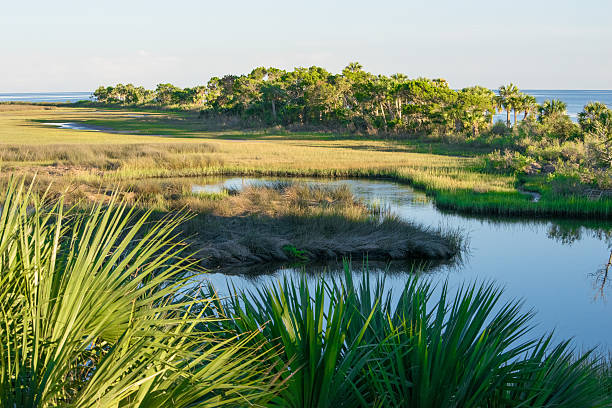
Palmettoes, salt marsh and creek on a barrier island of St. Marks Wildlife Refuge on the Gulf of Mexico.

Florida - US State, California, USA, Gulf Coast States, Miami